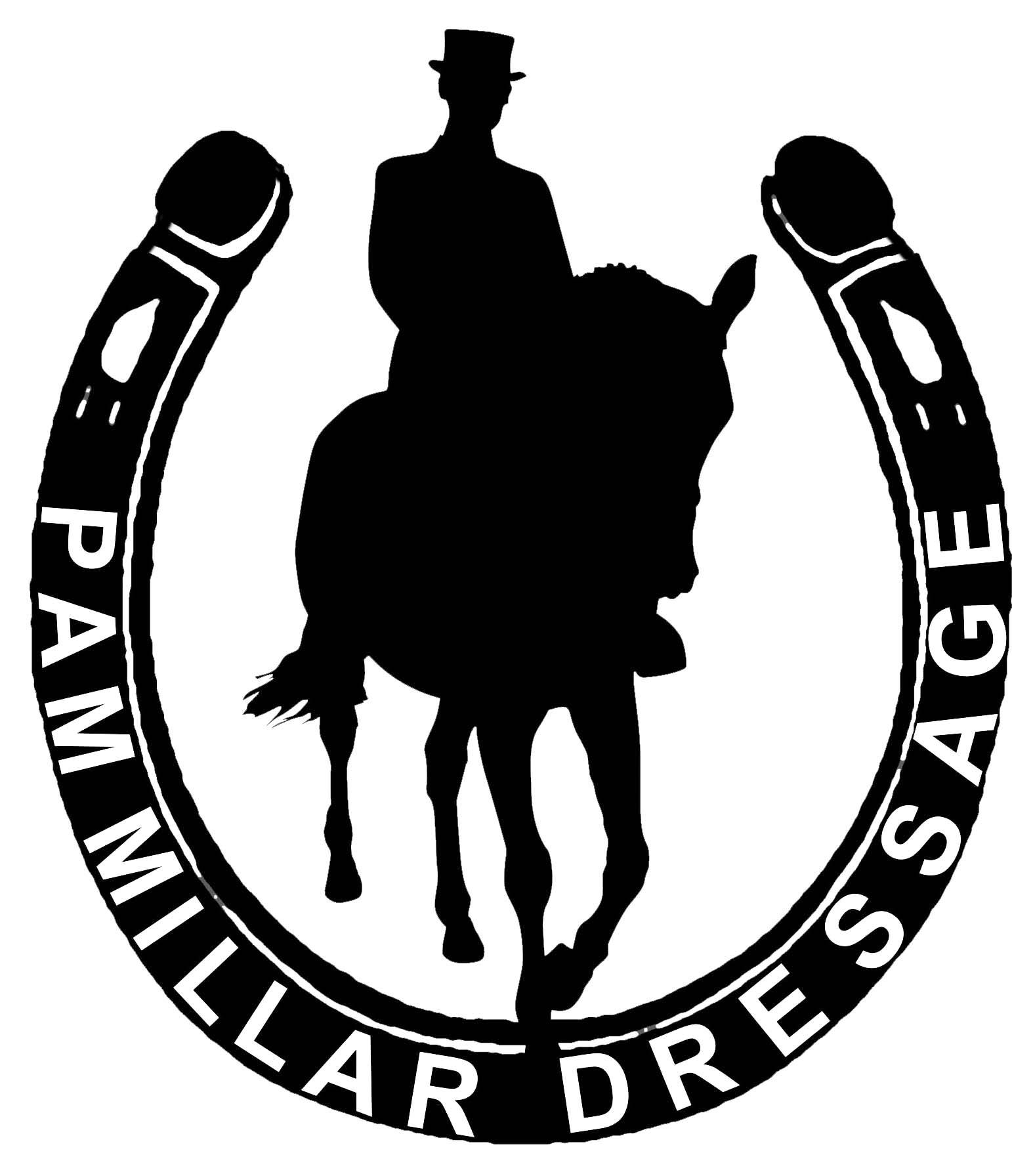
Dressage Trainer
Classical, sympathetic, personalised training
for you and your horse
Mobile: 07740 116 336
Home: 01651 872613
 |
Pam Millar
Dressage Trainer
|
Classical, sympathetic, personalised training for you and your horse
|
Contact:
Mobile: 07740 116 336 Home: 01651 872613 |
A British Dressage Accredited Trainer
Flatwork for Show Jumpers (click on "training tips" above for more)
(as printed in the Herald )
SOMEONE once described show jumping as a dressage test with obstacles and this is very true. To complete a round of show jumps or a dressage test, you need a supple, balanced, obedient, forward going horse that you can steer easily on the line or shape you choose and he must be able to lengthen or shorten his stride within the paces as required.
Suppleness is important for a horse to be able to make neat, balanced turns between jumps. This is achievable by practising variously sized but precise circles, serpentines and half circles returning to the track on the other rein (also known as ‘jug handles’). You can also spiral the horse into a smaller circle and then leg yield him out onto a bigger circle once again.
Once the horse is starting to bend quite easily, add in some lateral work to ensure he is listening and submissive to your inside leg, so you can follow your line into your fences with precision. When the spirals have been perfected, progress your leg-yielding by turning down the three-quarter line and moving back to the track. Other variations include leg-yielding along the track, away from the track and zig-zagging down the centre line.
Engagement of the hindquarters is important for the actual jump and also for the ability to lengthen or shorten the strides in the approach to a fence. Prepare for this by riding lots of transitions in your flatwork but you must ensure that your horse starts to bend his legs more (sit) in the downward transitions and push up and through from his hind legs in the upward transitions. As well as riding transitions between walk, trot and canter, ask for larger and smaller strides within each pace while keeping the same rhythm - longer and shorter strides, not faster and slower. If your horse throws his head or leans onto your hands on these transitions, encourage him to stay softer in his jaw and neck while riding the transitions to build up the strength behind.
Using poles on the ground can be valuable to help the horse develop a steady rhythm. Lengthen and shorten the strides by moving the poles closer or further apart and for basic steering. Make yourself turn and aim for the precise part of the pole you want to go over, whether that is the centre or towards one end. You can do this even with just one pole. Make sure you stay relaxed as you do it because any tension in this exercise will be exaggerated when you jump a fence and could result in a pole down, or a refusal.
Jumping
may be exciting for you and your horse but focusing on basic dressage training
can greatly improve your performance in the jumping arena hugely increasing your
chance of success.